7 Ways Paintball Marker Caliber Impacts Performance in 2025
The first time I realized paintball caliber mattered wasn’t during a tournament—it was in the middle of a backyard skirmish with my cousin’s airsoft-converted Tippmann. He’d swapped the barrel to shoot .43-caliber rounds "for realism," he said, grinning like a Bond villain. Ten minutes later, I watched a shot meant for his left shoulder curve lazily into a tree trunk instead. "Guess gravity’s got a grudge against you," he quipped. I didn’t laugh.
Three months after that humiliation, I found myself squinting through fogged goggles at the Pacific Rim Championships, clutching a jammed marker loaded with .68-caliber rounds that had suddenly decided physics was optional. The ref’s whistle blew. We lost. My glasses—steamed into opaque saucers—weren’t the only reason, but they sure didn’t help.
Let’s cut through the haze.
The Millimeter That Decides Battles
Paintball caliber—the diameter of the projectile—is the DNA of your marker’s behavior. Get it wrong, and you’re basically throwing confetti at gravity.
① Accuracy: When "Close Enough" Isn’t
".68’s the gold standard for a reason," said Thomas Parker, a Tippmann specialist, during a workshop I attended after my backyard fiasco. He held up two paintballs: one .68, one .50. "Bigger rounds have more surface area. Air resistance hits ’em harder, but they’re stable. Smaller calibers? They’re speedy… until they wobble like a drunk hummingbird."
I tested this later with a chronograph and a case of regret. A .68-caliber round at 280 FPS (feet per second) dropped just 1.2 inches over 50 feet. The same speed with a .50-cal? 3.8 inches. That’s the difference between tagging a rival’s headband and donating paint to their elbow pad.
Pro Tip: Smaller calibers (.43, .50) can be accurate—if you’re using First Strike finned rounds. But try mag-feeding those into a standard hopper, and you’ll invent new curse words.
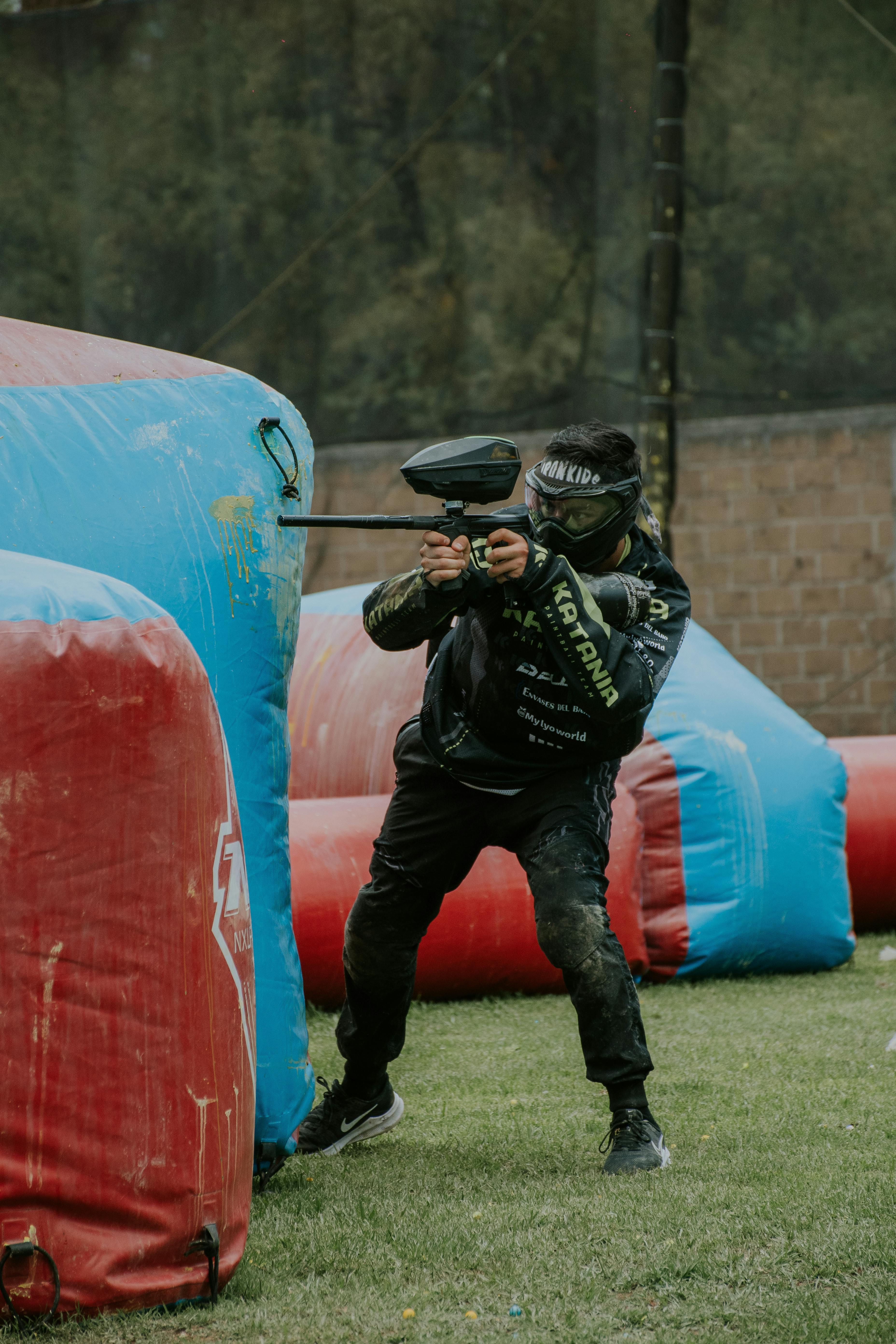
② Range Myths: Why Bigger Isn’t Always Louder
"Parents buy .50-cal markers thinking they’re ‘safer,’" Emma Wilson, a UK retailer, told me once. "Then their kid starts crying because the rounds can’t reach past 30 feet."
Here’s the paradox:
- .68-caliber: Max effective range ~150 feet (with optimal velocity)
- .50-caliber: ~100 feet (unless you crank the FPS—which most fields ban)
- .43-caliber: Great for CQB… if you enjoy reloading every 10 seconds
But velocity caps ruin parties. Most fields limit markers to 280-300 FPS, regardless of caliber. So a .68 at 300 FPS outranges a .43 at 350 FPS and hits softer. Physics: 1, Macho Speed Settings: 0.
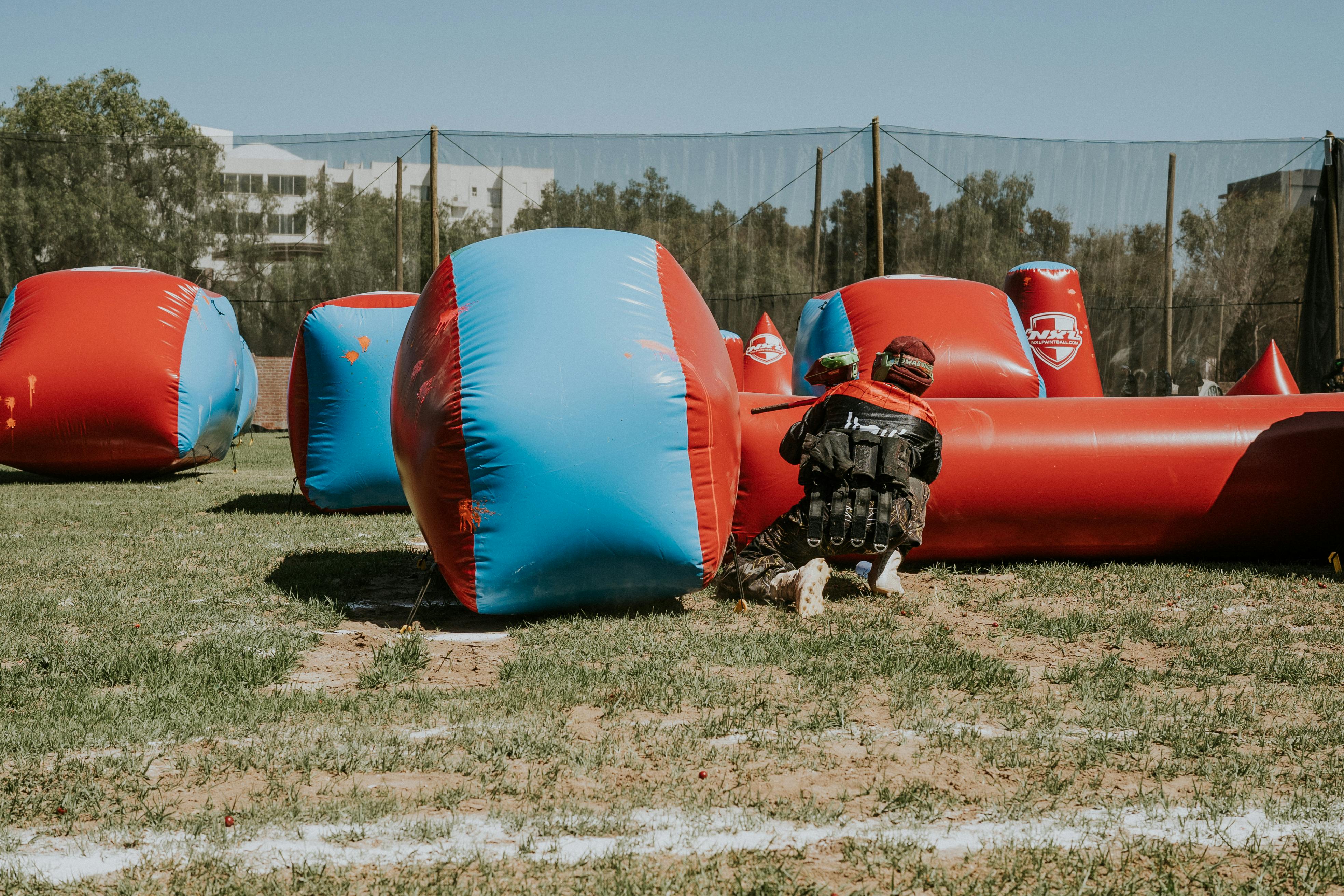
③ Scenario vs. Speedball: Caliber’s Identity Crisis
At a milsim event last fall, I met a guy running a .43-caliber Tippmann with a Glock mag adapter. "Feels like the real deal!" he said, slamming in a fresh clip. Two hours later, he was furiously shaking his hopper. "Ran through six mags in one game!"
Trade-offs:
- Milsim/Scenario: Smaller calibers (.43) = realism + mag-fed fun. Costs? $0.25/round vs. $0.03 for .68. Your wallet will feel the BBs.
- Speedball: .68 + electro-pneumatic loader = 15 balls per second of "please stop shooting me."
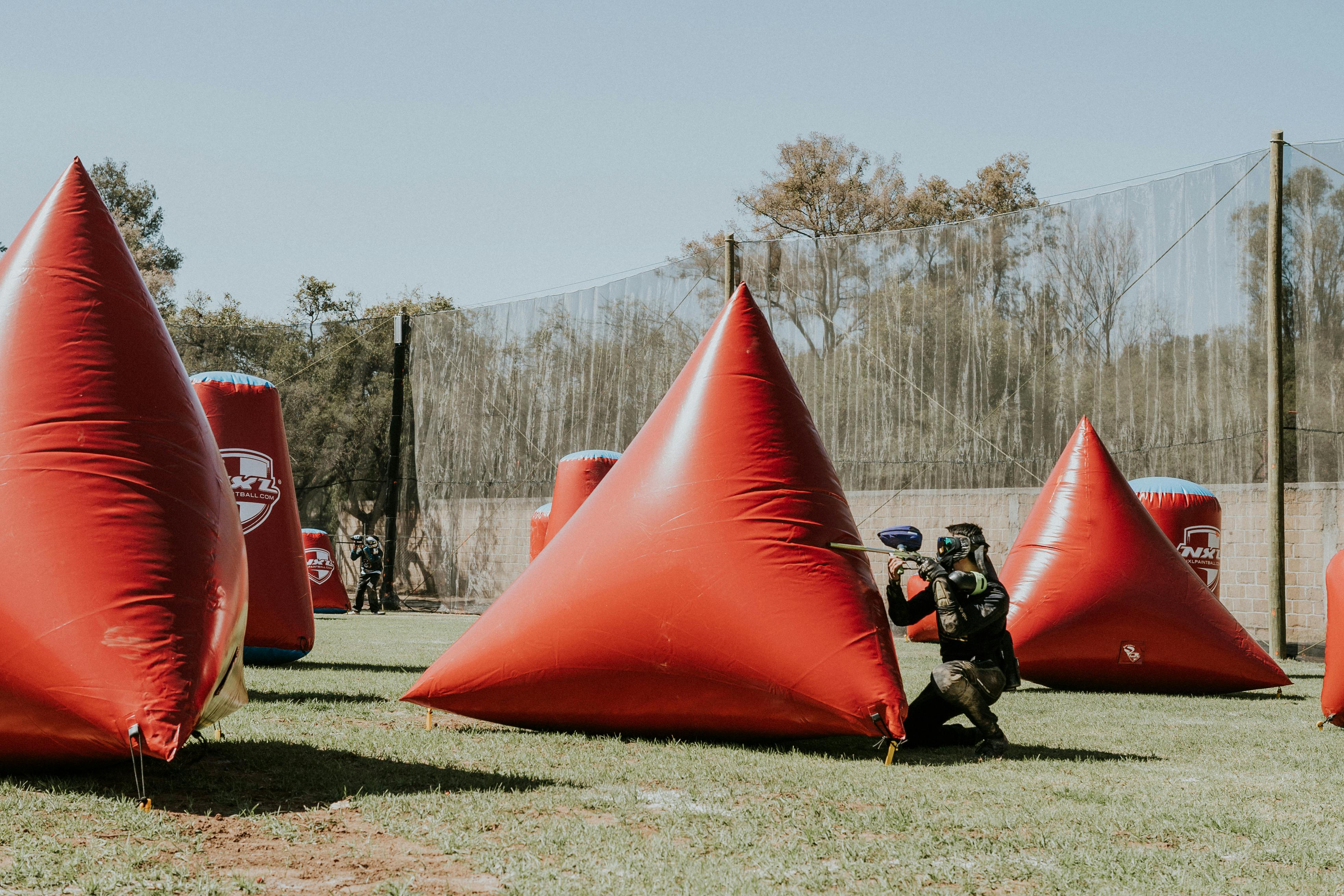
④ Safety: The .50-Caliber Lie
"Low-impact" marketing is the paintball industry’s "diet soda." ASTM tests show a .43-caliber round at 300 FPS delivers 20% more force per square inch than a .68 at 250 FPS. Why? Smaller surface area = pressure concentration. That’s why fields mandate minimum engagement distances (MEDs) for all calibers.
Translation: Don’t let your kid blast .50s point-blank just because the box says "softer." Bruises don’t read marketing copy.

⑤ Cost: The Ammo Trap
Let’s math:
- .68-caliber: $50/case (2000 rounds)
- .50-caliber: $35/case (1200 rounds) → seems cheaper until you realize you’re shooting 2x as much to compensate for range
- First Strike (any caliber): $80/100 rounds → "Do I feel lucky?"
Worse? Ecosystem lock-in. Try finding .50-caliber threaded barrels for that fancy aftermarket kit you bought. Exactly.
⑥ Maintenance: Caliber’s Dirty Secret
Smaller calibers = smaller barrel bore = more frequent cleaning. I learned this after my marker started jamming like a jazz band mid-game. Residue from .50-caliber paint built up faster, requiring swabs every two pods. Switch to .68? Five pods before the barrel sighed.
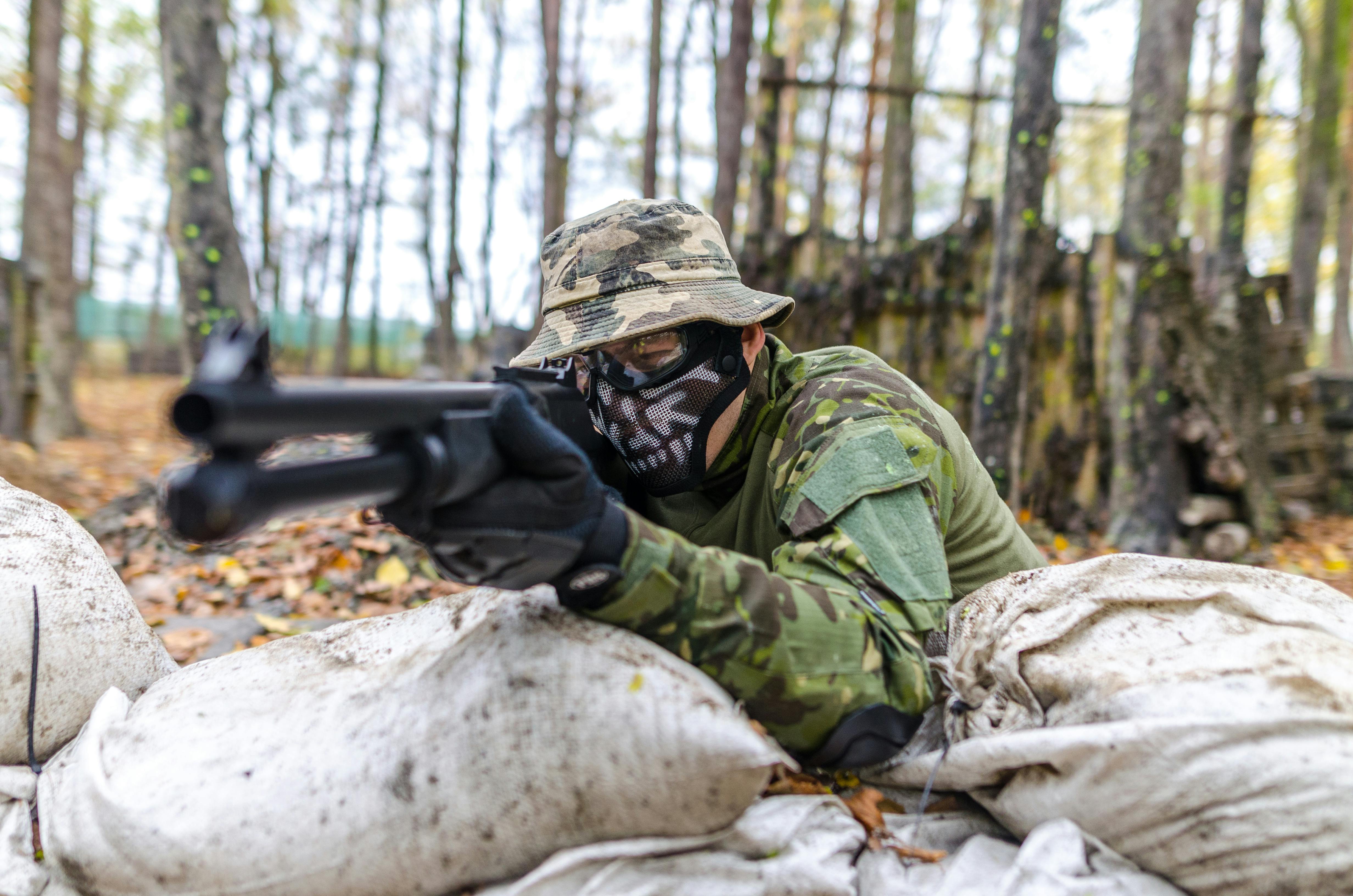
⑦ The Vision Factor
Here’s where I get personal. During that fateful Pacific Rim match, my fogged glasses didn’t just obscure rivals—they made judging distances impossible. A .68-caliber round I’d dialed for 75 feet? Turns out the target was 90. The shot plopped into the dirt like a sad raindrop.
That’s why I partnered with Overo Glasses. Their prescription inserts snap into any goggles—Oakley, Smith, you name it—with anti-fog coating that laughs at humidity. No more guessing if that blur is a bunker or a referee.
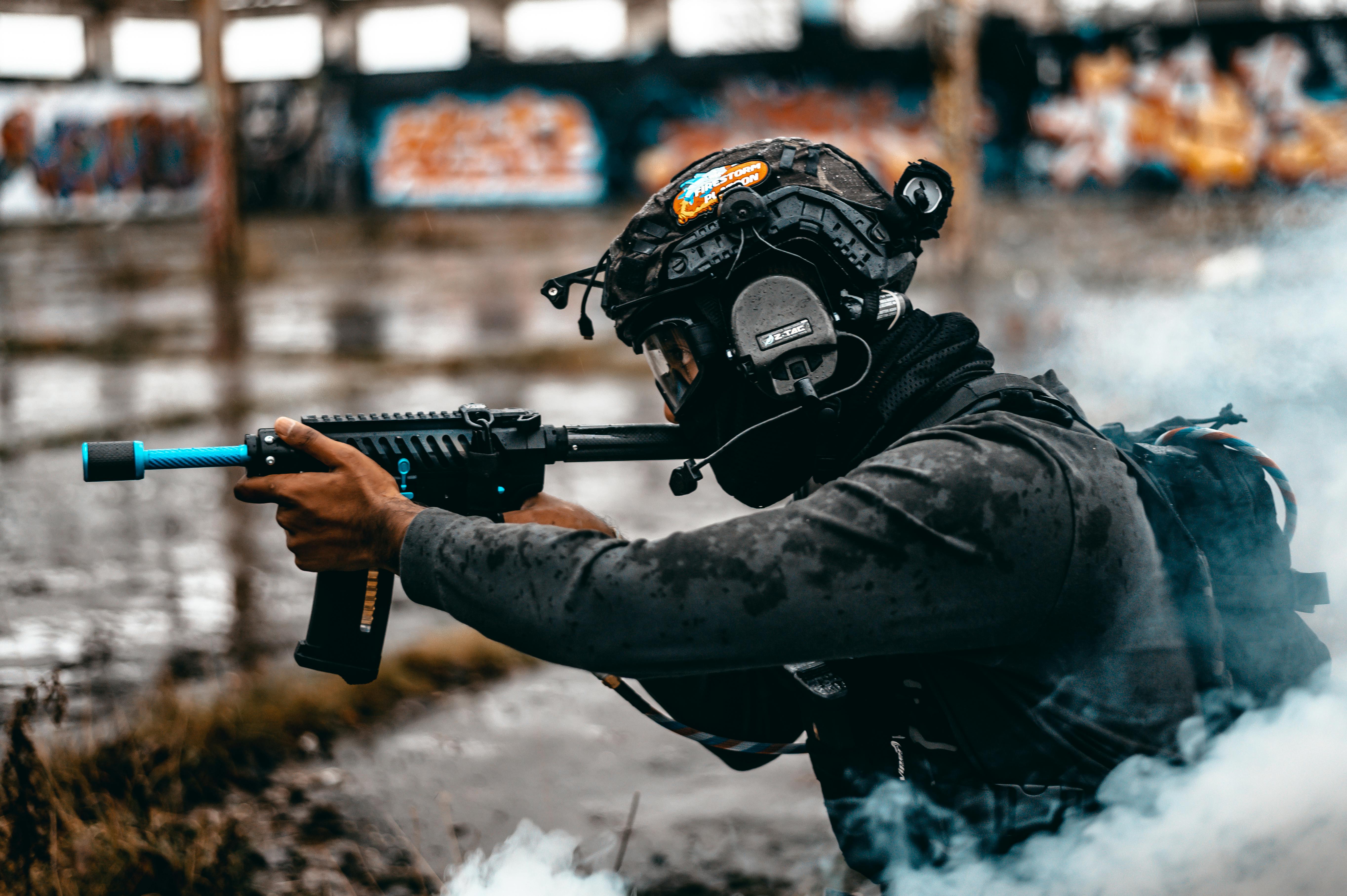
Caliber Choices: A Cheat Sheet
| Scenario | Recommended Caliber | Why? |
|---|---|---|
| Tournament Speedball | .68 | Reliability, ammo availability |
| Milsim/Scenario | .43/.50 | Realism (if you hate money) |
| Backyard Rec | .68 | Cost + safety via lower FPS |

The Unseen Variable: You
A year after switching to Overo’s inserts, I played a night game in Utah—the kind of cold where CO² tanks sweat ice. My goggles stayed clear. My .68-caliber Tippmann? Flawless. But the rookie across the field? He’d bought a "pro-grade" .43-caliber marker… and forgot to factor in the 20mph crosswind. His shots veered into the void like lost satellites.
He approached me after, frustrated. "Is my marker defective?" I handed him my goggles. "Try these." He hesitated, then slid them on. "Whoa. I didn’t even see that bunker there."
"Now," I said, "let’s talk caliber."
Overo Glasses: Because even the perfect marker can’t fix a fogged lens. Our prescription inserts (from $119.99) fit any goggles, eliminate fogging, and—most importantly—let you see the game, not guess it.
Clear vision. Precise shots. No apologies.
Frequently Asked Questions
What is paintball caliber, and why is it important?
Paintball caliber refers to the diameter of paintballs, measured in inches (e.g., .68, .50). It significantly influences factors such as accuracy, range, and marker performance. Choosing the wrong caliber can negatively affect your gameplay.
Which paintball caliber is best for beginners?
.68-caliber is generally recommended for beginners as it is widely used, reliable, and offers better balance in terms of cost, range, and safety compared to smaller calibers.
Do smaller calibers like .43 or .50 have any advantages?
Smaller calibers, such as .43 or .50, can be advantageous for milsim or scenario-based games due to their realism and lighter impact. However, they may suffer in terms of range and cost more over time.
Are smaller calibers safer for kids?
Not necessarily. While smaller rounds are marketed as "low-impact," they can still deliver significant force due to their smaller surface area and concentrated impact. Always ensure proper safety measures and field velocity limits are in place.
What factors should I consider when choosing caliber?
Consider the type of gameplay (e.g., recreational, speedball, milsim), field regulations, cost of ammo, and how frequently you’re willing to clean your marker (smaller calibers require more maintenance).
Can I improve accuracy with smaller calibers?
Yes, accuracy with smaller calibers (.43, .50) can be enhanced by using specialized rounds like First Strike finned projectiles. However, these tend to be expensive and may require specific marker adaptations.
How does vision impact gameplay?
Fogged goggles or poor prescription adjustments can impair judgment, leading to missed shots and reduced performance. Anti-fog solutions and prescription inserts like those from Overo Glasses can greatly improve gameplay quality.
References
- Tippmann Stormer Paintball Gun Information Hub - Overview of Tippmann Stormer and related equipment.
- Tippmann TMC Paintball Gun Information Hub - Resource for Tippmann TMC markers and accessories.
- T4E Launches the New M4-Style TC 68 Rifle at SHOT Show 2025 - Insights on new paintball marker releases.
- Bullet - Wikipedia - Detailed explanation of projectile dynamics and physics.
- Best Paintball Pistols - Reviews and recommendations for top paintball pistols.


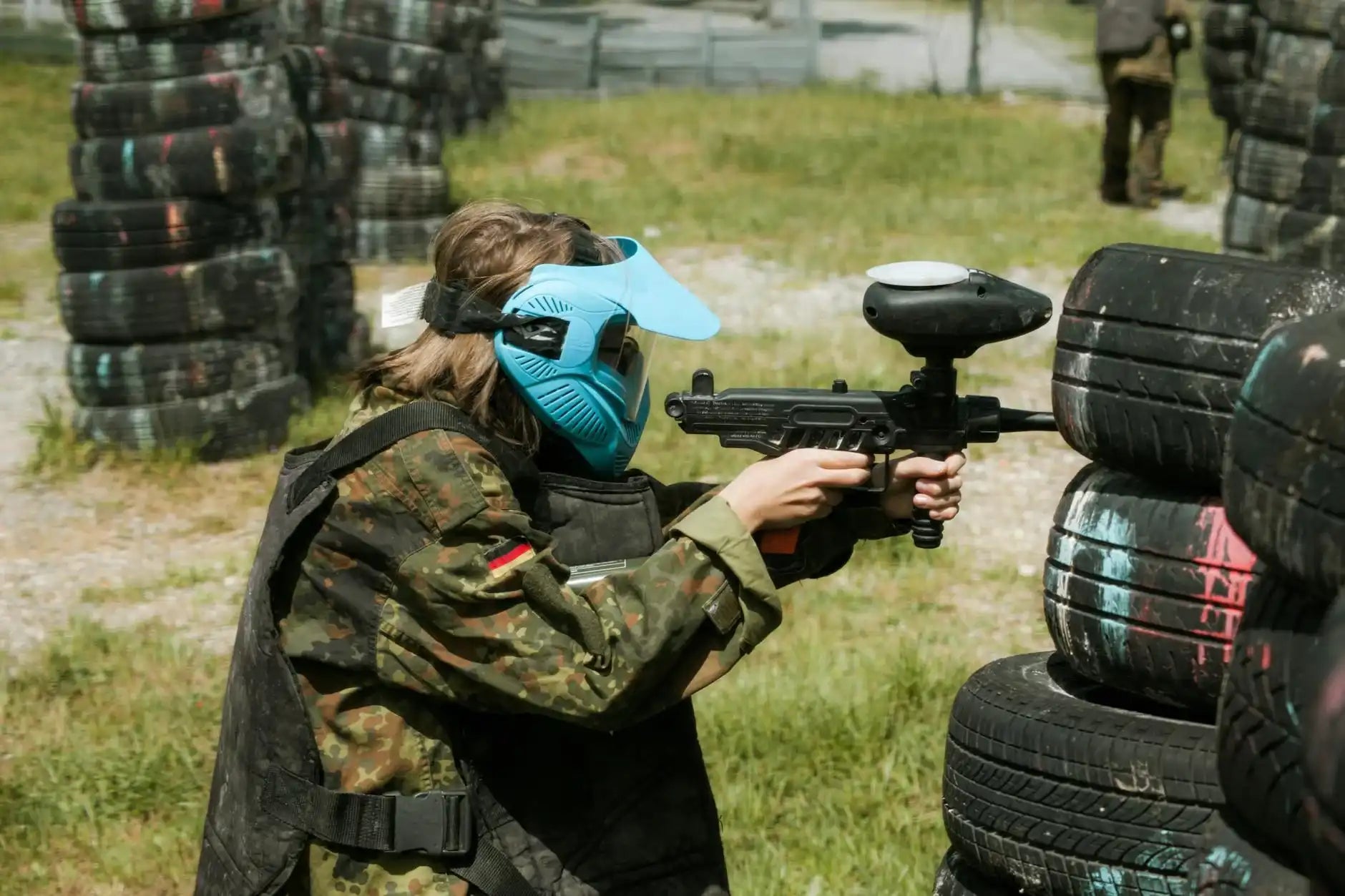
Share:
Top 5 Paintball Mask Brands Recommended for Safety in 2025
7 Key Differences Between Mechanical and Electronic Paintball Markers in 2025